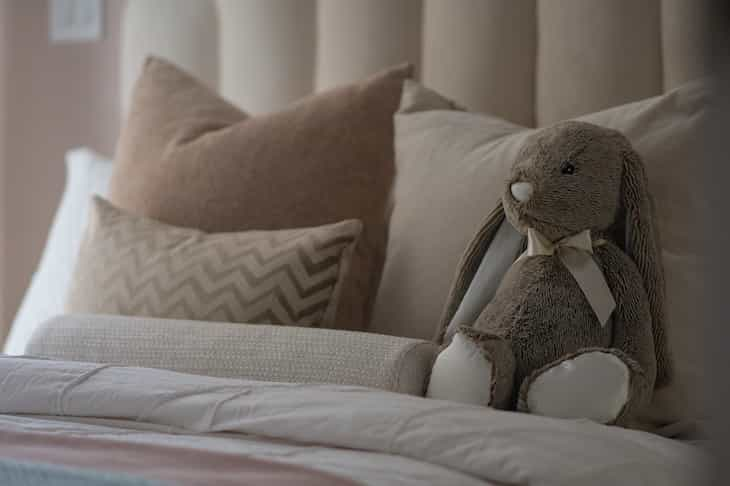Proper sleep is vital for your well-being and health, and noise reduction is one of the basic things you can do to achieve that.
For most people, noise and light are two things that can make or break their sleep routine, so you should take it seriously.
Here are a few tips that can help you make your bedroom quiet and nice.
Close windows and doors
Shutting windows and doors helps block outside noise from entering your bedroom.
Use thick curtains or blinds
Hang thick curtains or blinds to help reduce noise from outside and dampen any sounds coming in through the windows.

Seal gaps and cracks
Check for any gaps or cracks in windows, doors, or walls, and seal them with weatherstripping or caulk to prevent noise leakage.
Use rugs or carpets
Adding rugs or carpets to your bedroom floor can help absorb sound and reduce echoes.
Consider soundproofing materials
Use sound-absorbing materials like acoustic panels or foam in the room to reduce noise reflections and echoes.
Place furniture strategically
Position furniture like bookshelves or wardrobes against walls that face noisy areas, as they can act as a buffer and help absorb sound.
Use white noise
Play soothing white noise, such as a fan or a dedicated white noise machine, to mask external sounds and create a more tranquil environment.
Reduce internal noise
Minimize internal noise sources like electronics or appliances by turning them off or moving them to a different room.
Soften hard surfaces
Incorporate soft materials like curtains, upholstered furniture, or plush bedding to help absorb sound and reduce reverberations.
Consider a door sweep
Install a door sweep at the bottom of your bedroom door to create a better seal and minimize noise coming from other areas of the house.
Previously, we talked about table lamps.









